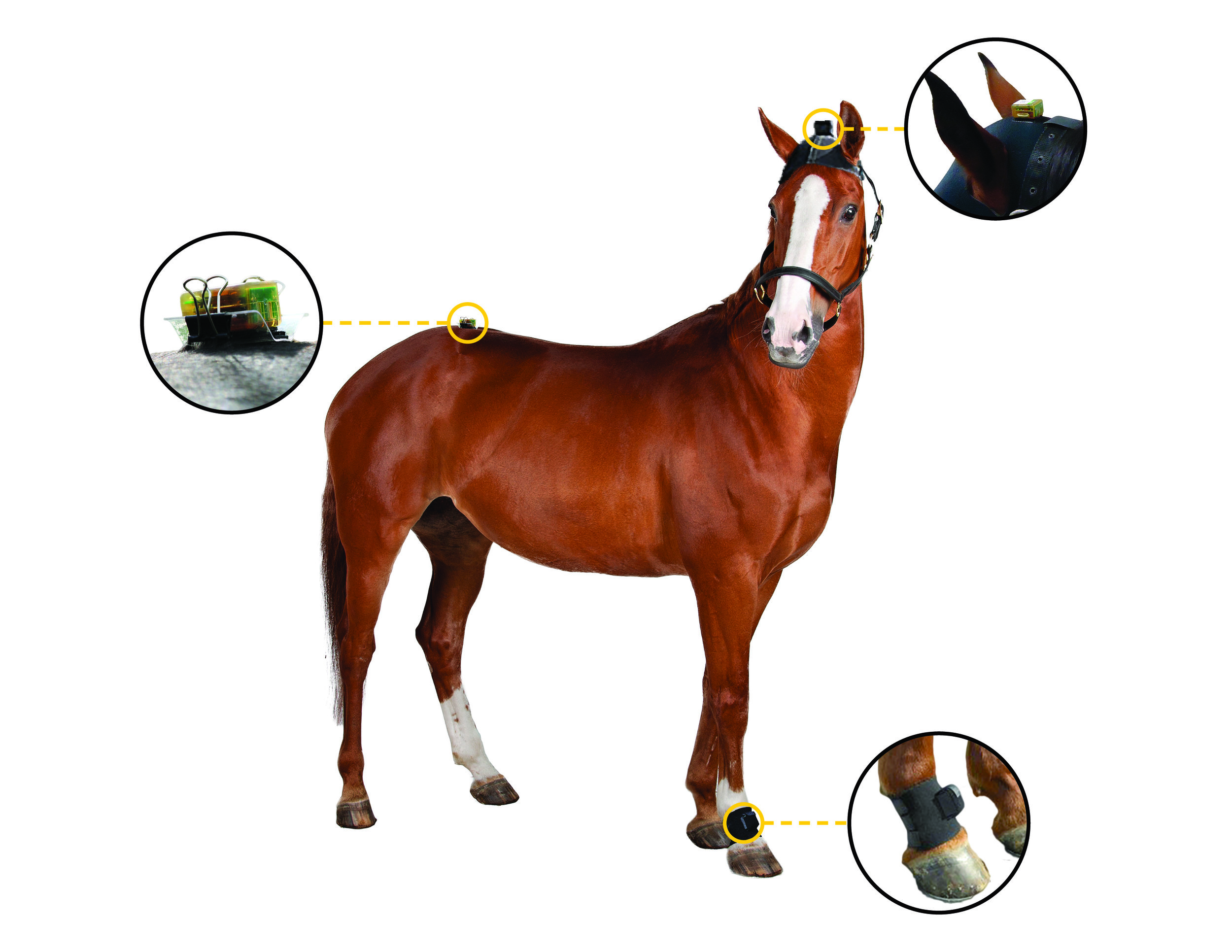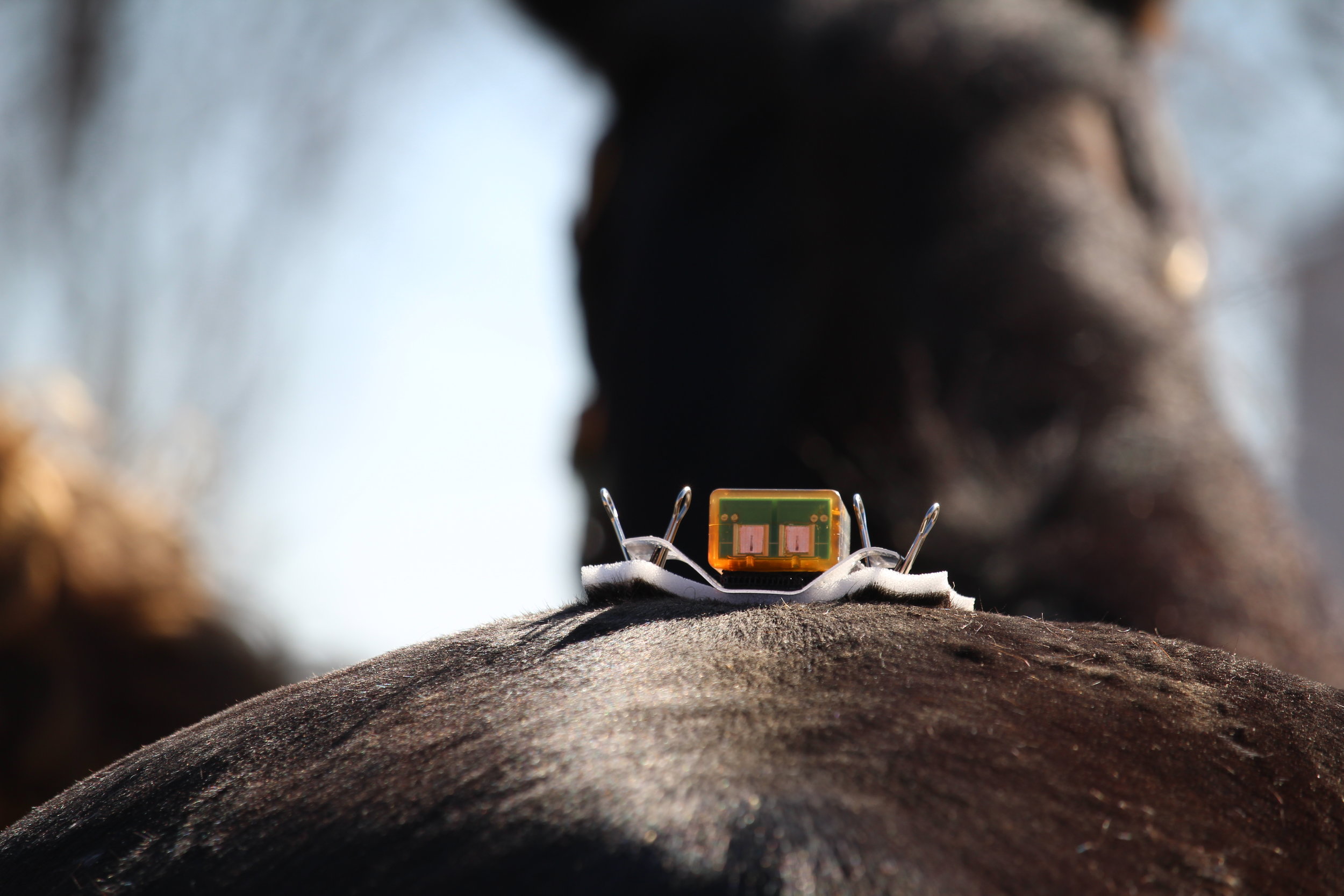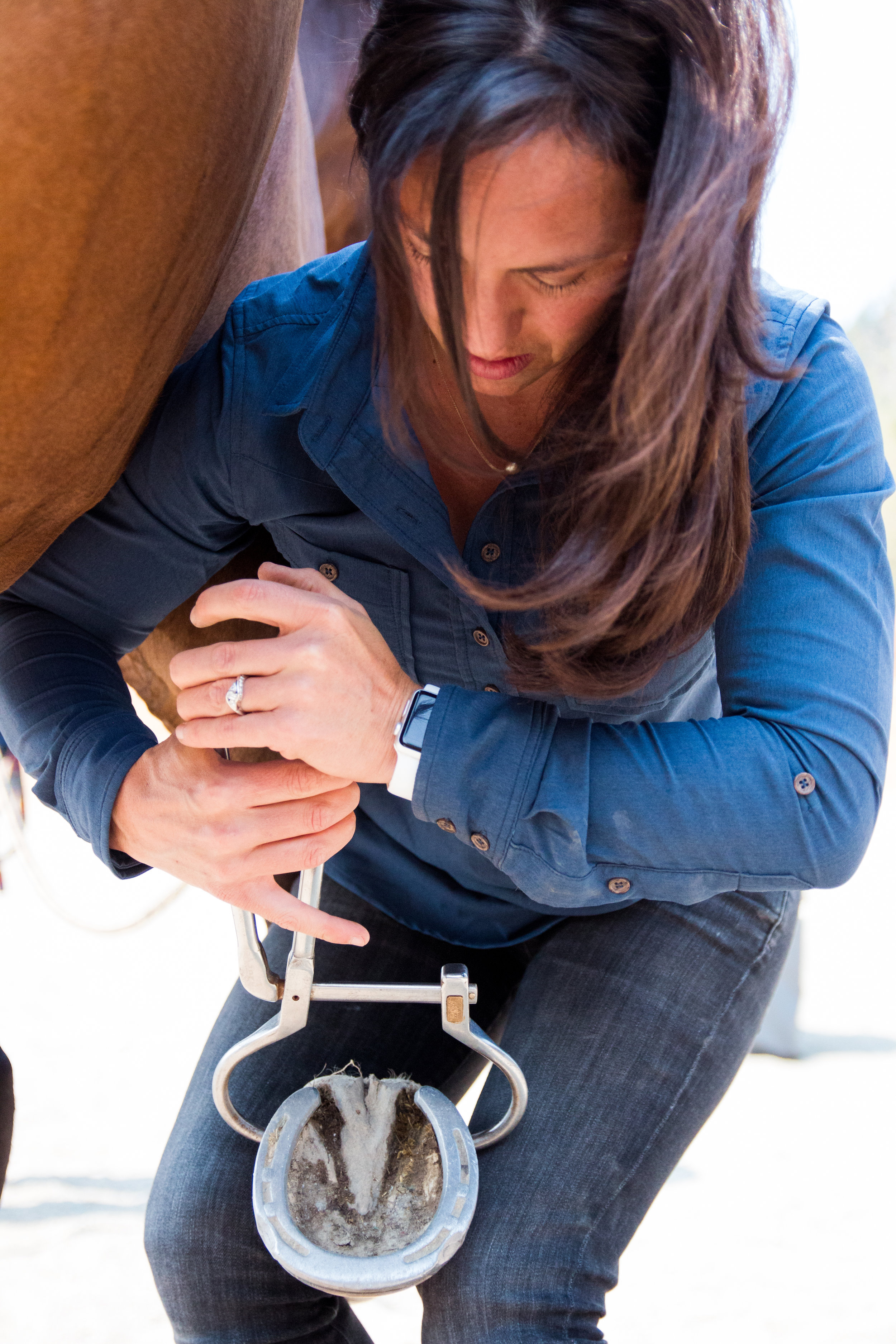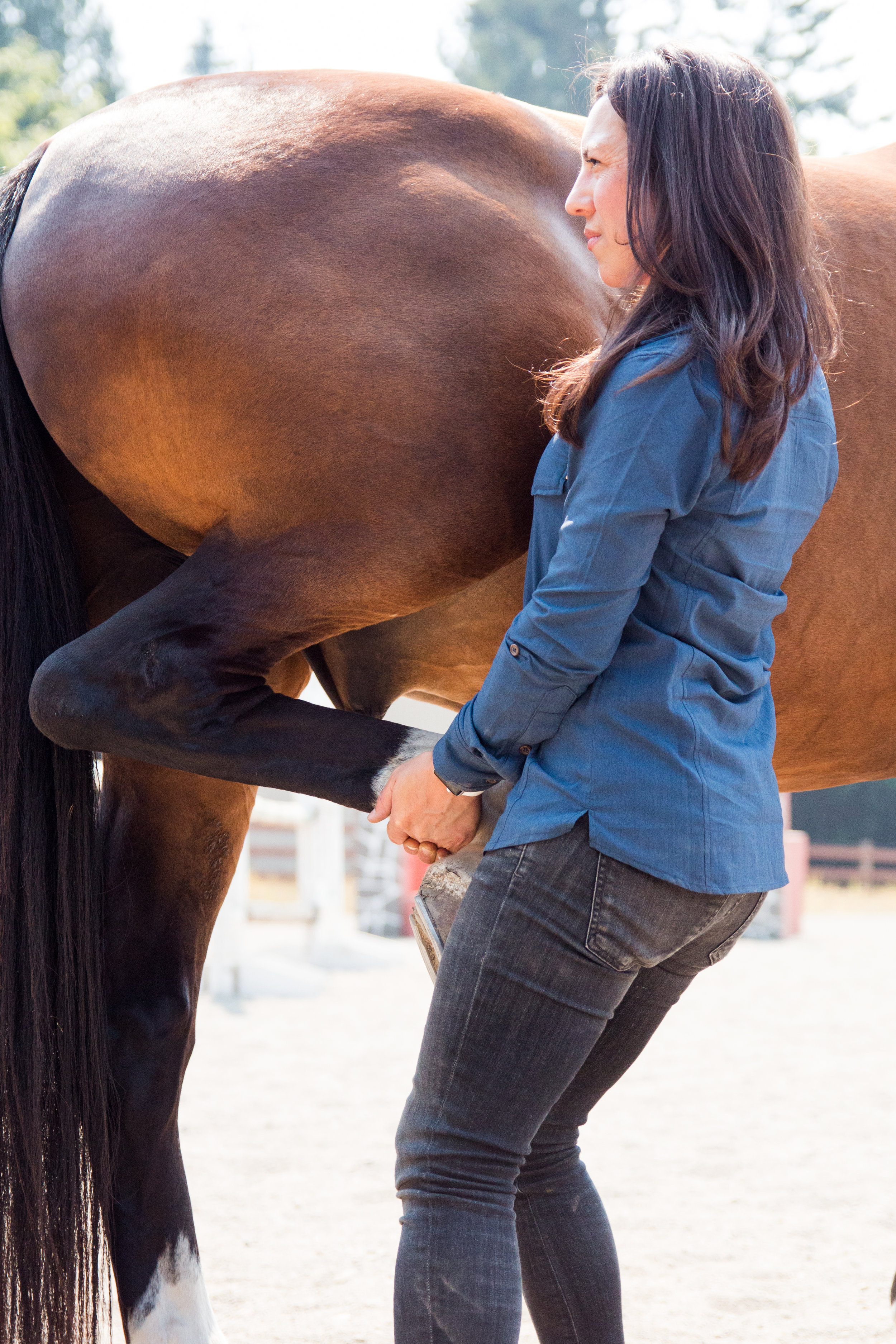Equine sports medicine strives to achieve physical fitness in equine athletes. Our service applies modern diagnostic technologies: radiology, ultrasound, gastroscopy, combined with treatment and therapeutic techniques like acupuncture and chiropractic.
What is LaMEness?
Lameness can be defined as any alteration of the horse's gait. However, lameness can manifest in your horse in numerous ways:
Feels uneven when you ride.
Picks up the wrong lead or cross-firing.
New negative tendencies, such as refusing a jump.
Hops, bucks, or tosses head when asked to canter.
Carries head to the outside of a circle.
Reacts when you press on the back.
Upward movement of the head when one foot lands.
These abnormalities can be caused by pain in the neck, withers, shoulders, back, loin, hips, legs or feet. Identifying the source of the problem is essential to proper treatment.
When lameness occurs, you should contact your veterinarian promptly. A prompt examination can save you time, money and frustration by diagnosing and treating the problem immediately, possibly preventing further damage. The goal of such early examinations is to keep small problems from becoming big ones.
Equinosis Q lameness locator
The Equinosis Q with Lameness Locator is a real-time, handheld, field-based system that enables us to objectively measure lameness in horses with non-invasive inertial sensors.
The Equinosis Q allows the veterinarian to use objective data combined with the veterinarian’s visual evaluation when working up your horse’s lameness. This data is critically valuable when evaluating subtle lameness or lameness in multiple limbs. Movement data is collected through sensors that are placed at the horse’s poll, center of pelvis and right forelimb ankle. The sensors assess symmetry in motion through the upward and downward movement of the head and pelvis. A gyro-meter sensor on the right forelimb enables the instrument to identify the affected limb(s).





Pre-Purchase examinations
Lameness evaluations are routine in most purchase examinations. When Solas Equine Veterinary evaluates a horse you are considering for purchase, you may be forewarned about potential problems enabling to make a more informed decision.
Pre-purchase exam includes:
Muscle palpation to identify painful areas.
Symmetry and range of motion through joints of the neck, back, and joints in the limbs to identify areas of restriction or discomfort.
A motion exam, which is conducted with the horse by hand on the straight line at a walk and trot, as well as, on the circle at a walk, trot and canter.
Joint flexions evaluate how the horse moves after tension has been applied to specific joints or ligaments.
Assessment of the heart, lungs, eyes, skin, and neurologic capability.
Thorough write-up and summary.
Solas Equine endorses Platinum Performance.
Platinum Performance has human grade FDA approved supplements for all the various needs of your horse. They provide PAK’s complete with your horse’s individual supplemental need based on a mineral panel and your horse’s forage. Platinum Performance also provides $10,000 coverage for Colic Surgery with their supplements. For more information, please visit their website by clicking on the image.


